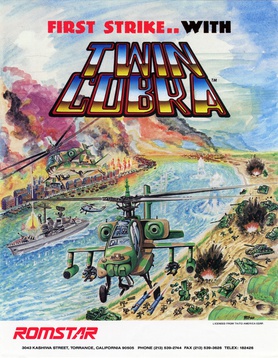
Twin Cobra, known as Kyukyoku Tiger in Japan, is a vertically scrolling shooter developed by Toaplan and released for arcades in 1987 by Taito in Japan and Europe, then in North America by Romstar. It is a sequel to the 1985 arcade game Tiger-Heli. Controlling the titular attack helicopter, the players must fight endless waves of military vehicles while avoiding collision with their projectiles and other obstacles. It was the fourth shoot 'em up game from Toaplan, and their tenth video game overall. It was ported to multiple platforms, with each done by different third-party developers that made several changes or additions.
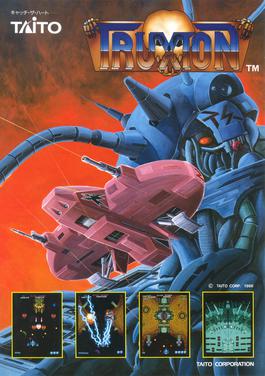
Truxton is a 1988 vertically scrolling shooter arcade video game originally developed by Toaplan and published in Japan and Europe by Taito, as well in North America by Midway. Set in a future where the Gidans alien race led by Dogurava invaded the fictional planet Borogo, players assume the role of fighter pilot Tatsuo taking control of the Super Fighter ship on a last-ditch effort to overthrow the alien invaders.
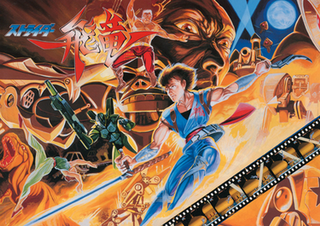
Strider, released in Japan as Strider Hiryū, is a hack-and-slash platform game released in arcades in 1989 by Capcom. Strider is set in a dystopian future with a wide range of settings that affect gameplay. The game resulted from cooperation between Capcom and manga publisher Moto Kikaku. It marked the video game debut of Strider Hiryu, after the character was introduced in the 1988 manga Strider Hiryu.
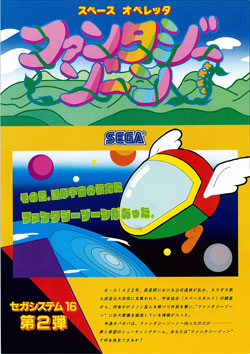
Fantasy Zone is a 1986 arcade game by Sega, and the first game in the Fantasy Zone series. It was later ported to a wide variety of consoles, including the Master System. The player controls a sentient spaceship named Opa-Opa who fights an enemy invasion in the titular group of planets. The game contains a number of features atypical of the traditional scrolling shooter. The main character, Opa-Opa, is sometimes referred to as Sega's first mascot character.

Gunstar Heroes is a run-and-gun shooter video game developed by Treasure and published by Sega. It was Treasure's debut game, originally released on the Sega Genesis in 1993. The game's premise is centered around a pair of characters, the Gunstars, in their efforts to stop an evil empire from recovering four powerful gems. The characters can fire guns and perform a series of acrobatic maneuvers to fight enemies across each stage. There are four weapons in the game which can be combined with one another to create different shot types.

Little Samson is a 1992 platform game developed by Takeru and published by Taito for the Nintendo Entertainment System. It was released in Japan on June 26, 1992, in North America on October 22, 1992, and in Europe on March 18, 1993.
Kaneko Seisakusho (金子製作所), stylized as KANE<O, also referred to as Kaneko Co. Ltd. (カネコ株式会社), was a Japanese video game publisher founded in Suginami, Tokyo, Japan, by Hiroshi Kaneko. It published a number of games both under its brand and other companies, such as Air Buster, Nexzr, Shogun Warriors, DJ Boy, Guts'n, and the Gals Panic series.

Light Crusader is an action-adventure game developed by Treasure and published by Sega for their Sega Genesis console in 1995. The game was included in the Sega Genesis Classics collections on Steam and other platforms in 2011. It was also included on the Sega Genesis Mini in North America and Sega Mega Drive Mini in PAL regions.
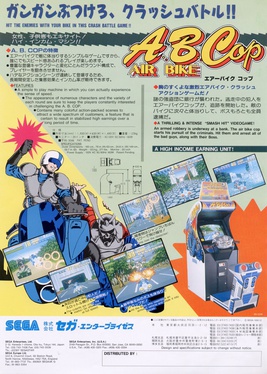
A.B. Cop is a futuristic 3D racing arcade game released by Sega in 1990. It never received any official port to home consoles.

Ayrton Senna's Super Monaco GP II is an arcade-style Formula One racing video game developed and manufactured by Sega for the Sega Genesis and Mega Drive, Master System, and the Game Gear in 1992. It is a follow-up to Super Monaco GP. The game was also endorsed by, and had technical input from, the then-Formula One champion Ayrton Senna. Gameplay includes a World Championship season featuring recreations of the tracks in the 1991 Formula One World Championship, along with a three-race "Senna GP" mode set on fictional tracks.

Fire Shark is a 1989 vertically scrolling shooter arcade video game developed and published by Toaplan in Japan and Europe, and by Romstar in North America. It is the sequel to Flying Shark, a game released in 1987 on multiple platforms. Set in the year 1991, the game focuses on a mysterious armada launching a worldwide attack from a small island in the Mediterranean Sea. Players take control of the titular biplane to counterattack the enemy forces.

Strider is an action-platform video game developed and published by Capcom for the Nintendo Entertainment System in North America in 1989. While the development of the NES version of Strider was produced in tandem with the arcade version, the Japanese version for the Famicom was never released. The NES version of Strider is included in the 2006 Game Boy Advance compilation Capcom Classics Mini-Mix.
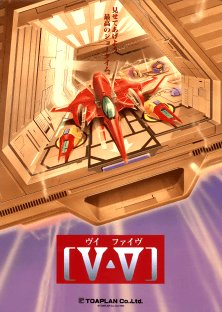
Grind Stormer is a 1993 vertically scrolling shooter arcade video game originally developed and published by Toaplan in Japan and North America. It is considered to be the spiritual successor to Slap Fight. Based around a video game within a video game concept, players assume the role of a young secret agent assigned by the government taking control of the NA-00 space fighter craft in an attempt to defeat the titular virtual reality simulator, rescue the abducted players who lost against it and unveil its true purpose.

Strider Hiryu is a fictional character jointly owned by Capcom and Moto Kikaku. Although primarily known as a game character, Hiryu debuted in 1988 as the protagonist of a Japan-exclusive manga titled Strider Hiryu, published by Kadokawa Shoten.

Thunder Ceptor is a 3D rail shooter arcade game that was released by Namco in 1986. It usurped both Libble Rabble and Toy Pop as the company's most powerful 8-bit arcade games, was the first game from them to use an analogue (360-degree) joystick. A stereoscopic 3-D sequel, 3-D Thunder Ceptor II, was released towards the end of the year.

Cocoron is a 1991 video game developed by K2 and published by Takeru for the Famicom. A version for the PC Engine was announced, but was not released.
Takeru, also known as Sur Dé Wave, was a Japanese video game developer.

Twinkle Tale is a run and gun video game developed by ZAP Corporation and published by Wonder Amusement Studio exclusively for the Sega Mega Drive in Japan on 24 July 1992. It was both the last project created by ZAP, as well as the only title to be released by Wonder Amusement Studio, which was a subsidiary of Japanese record label company Toyo Recording.
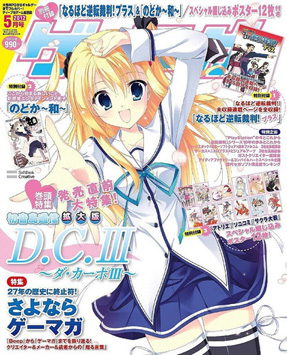
Gemaga was a Japanese video game magazine founded in 1984 as Beep and published by SB Creative. During its history, it was known variously as Beep, Beep! MegaDrive, Sega Saturn Magazine, Dreamcast Magazine, Dorimaga, and finally Gemaga. When it ended publication in May 2012, it was the longest-running Japanese game magazine.

Undead Line is a 1989 vertically scrolling shooter video game developed and originally published by T&E Soft for the MSX2 and MSX2+ home computers. It was later ported to the X68000 computer and Sega Mega Drive, published by Palsoft, followed by digital re-releases for Microsoft Windows. Both the MSX2 and X68000 versions also received physical re-releases by Japanese retailer BEEP. It follows a group of characters in rescue of queen Althea from Zidane, a kingdom surrounded by barriers connected with the demon world, whose monsters have overflowed it. Controlling either a fighter, wizard, or ninja, the player can choose from six stages and play them in any order, fighting against waves of enemies and bosses, while defending or avoiding collision with their projectiles and other obstacles.


















